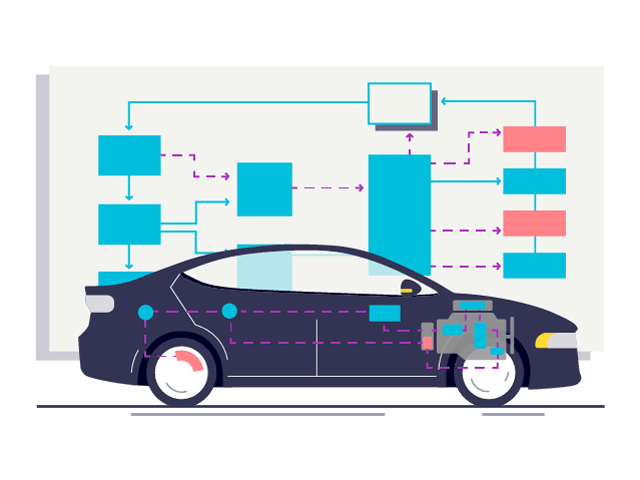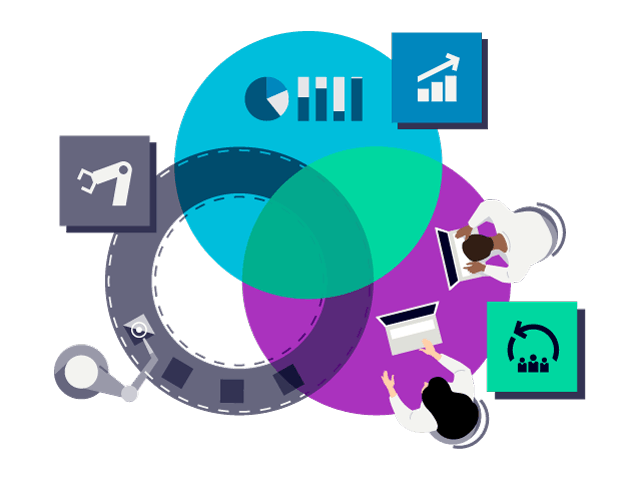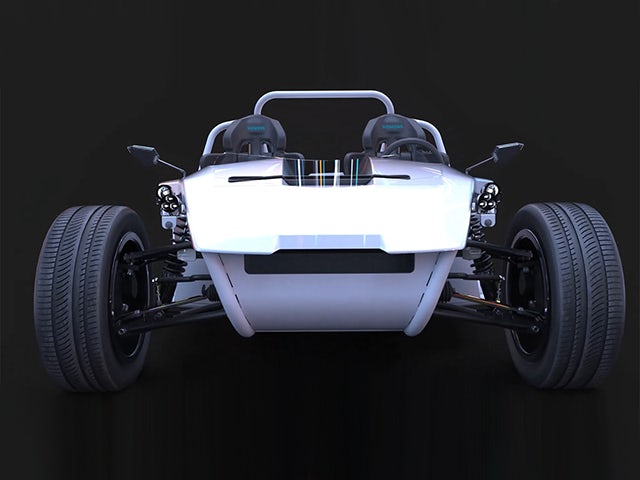統合を開始します。 統合状態を維持します。
製品アーキテクチャを製品ライフサイクル管理 (PLM) 内でシステムモデル、要件、パラメーターと統合して、製品開発プロセス全体を進めます。
標準的な手法でシステムモデルを作成
コストのかかるドキュメント中心の仕様 - 設計 - 構築サイクルを止めて、統合製品の青写真を協調的に作成するプロセスへと移行します。ISO標準のシステム手法に基づくシステム・モデリングは、製品アーキテクチャ、インターフェース、要件、およびパラメータをー1か所で取得します。PLMとの統合により、プロセスが拡張され、継続的な統合が可能になります。

標準のPLMサービスで製品アーキテクチャを管理
アーキテクチャの意思決定にまでさかのぼる構成済みパラメーターを想像してみてください。パラメーター、関数、インターフェースを使用したシステム・モデリングは、構成、変更、ワークフローなどのPLMサービスに関与します。また、トレード・スタディに関連付けて、要件から部品、サプライヤー、シミュレーション、プロセス、テストなど、下流へと紐づけられます。

サプライヤーとの継続的なモデルベースのコラボレーション
サプライヤー・コラボレーション・サービスを使用して、システムモデルの一部をサプライヤーと共有しながら、PLMおよびSysML v2コンプライアンスの範囲内で統合アーキテクチャを通してIPを保護します。サプライヤーは、統合の進捗状況を継続的にフィードバックできるため、モデルベース・デザイン・チェーン (MBDC) を構築できます。

Try systems engineering for Aerospace & Defense
Start your trial in minutes and learn to build your own sophisticated aerospace model-based systems engineering solution. Integrate the resulting design by collaborating across suppliers and the internal organization, with no installation required. We create the environment for you!

Take a trial run in systems engineering for Automotive
Start your trial in minutes and learn to build your own sophisticated automotive model-based systems engineering solution. Integrate the resulting design by collaborating across suppliers and the internal organization, with no installation required. We create the environment for you!

